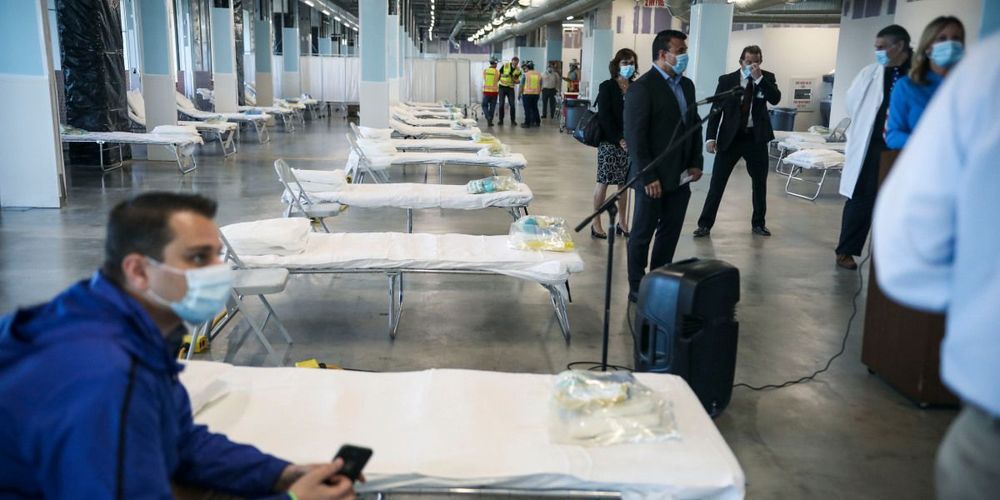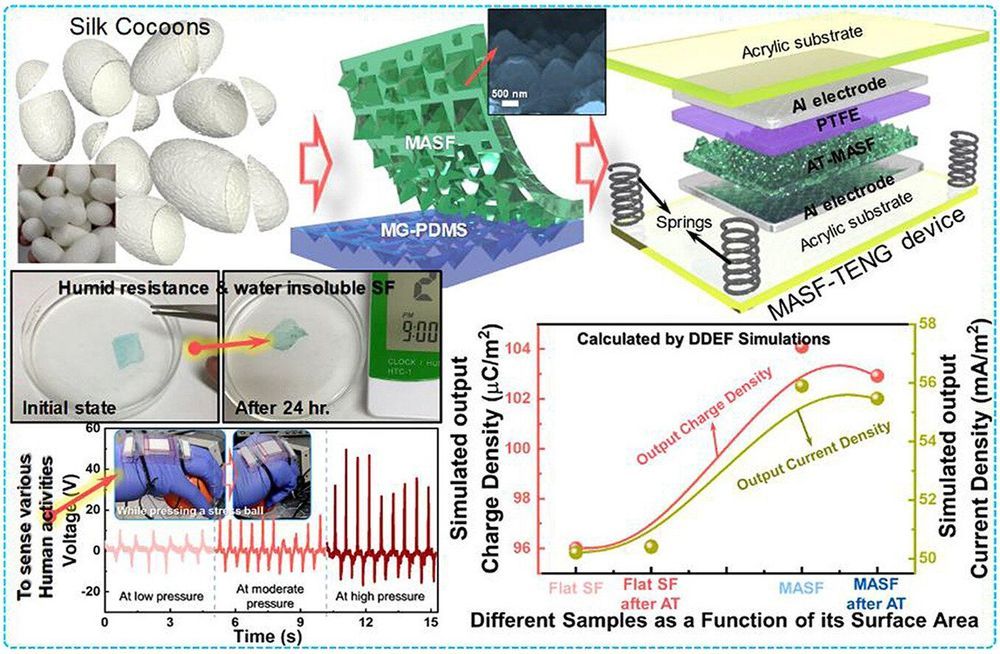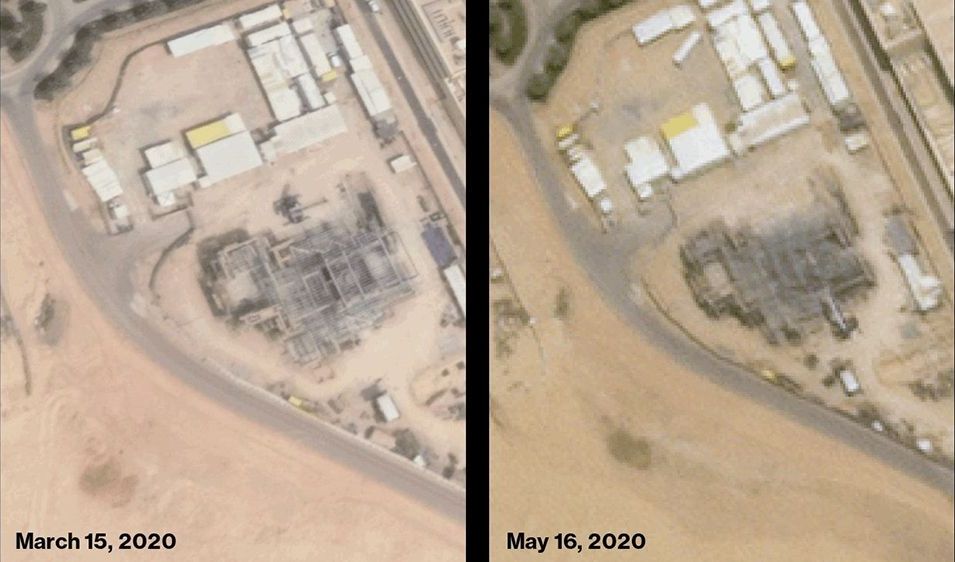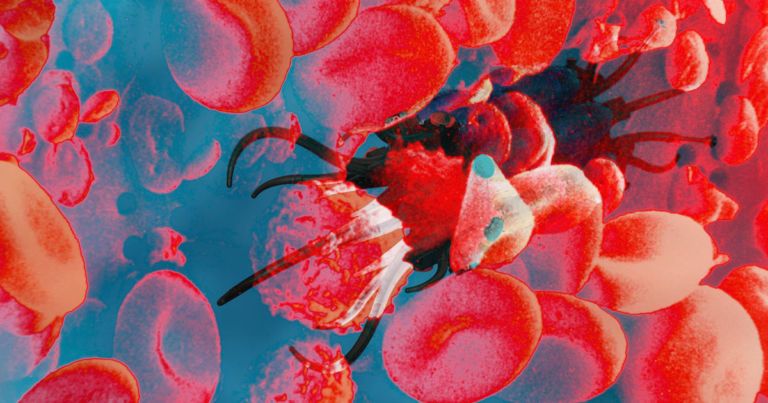Ok I Need to know what this is.
Get the latest international news and world events from around the world.

Mazda starts production of MX-30, its first pure EV
Mazda yesterday began production of the all-new, all-electric Mazda MX-30 at its Ujina plant No. 1 in Hiroshima, Japan. The company is keeping its first pure EV moving forward to answer the demand for electric vehicles in Europe where stricter CO2 reductions are in place.

Pentagon AI chief says the tech could help spot future pandemics earlier
“I do believe there’s great potential to bring in artificial intelligence to provide early warning of future problems” such as disease outbreaks, Air Force Lt. Gen. John N.T. “Jack” Shanahan, director of the Pentagon’s Joint Artificial Intelligence Center, said in an interview.
Artificial intelligence could spot and track earlier outbreaks of disease around the world, the Pentagon’s AI chief says as he retires from service.

Implantable biosensor that operates without batteries
Researchers from the University of Surrey have revealed their new biodegradable motion sensor—paving the way for implanted nanotechnology that could help future sports professionals better monitor their movements to aid rapid improvements, or help caregivers remotely monitor people living with dementia.


Giant tectonic plate under Indian Ocean is breaking in two
The giant tectonic plate under the Indian Ocean is going through a rocky breakup … with itself.
In a short time (geologically speaking) this plate will split in two, a new study finds.
To humans, however, this breakup will take an eternity. The plate, known as the India-Australia-Capricorn tectonic plate, is splitting at a snail’s pace — about 0.06 inches (1.7 millimeters) a year. Put another way, in 1 million years, the plate’s two pieces will be about 1 mile (1.7 kilometers) farther apart than they are now.

Scientists Disguise Cancer-Hunting Nanorobots as Blood Cells
In order to find and treat cancerous tumors, a team of scientists is working on an aggressive new approach that involves a swarm of tiny, cancer-killing robots.
The idea is to inject the nanobots, which are engineered to look and travel like white blood cells, into a patient’s veins and move them around inside the body with powerful magnets.
“Our vision was to create the next-generation vehicle for minimally invasive targeted drug delivery that can reach even deeper tissues inside the body with even more difficult access routes than what was previously possible,” Metin Sitti, Director of Physical Intelligence at the Max Planck Society, said in a press release.
See Boston Dynamics robot dog Spot herd sheep like a pro in new video
The robot could end up being an ideal ranch hand that acts like a sheep dog but doesn’t need to be fed.